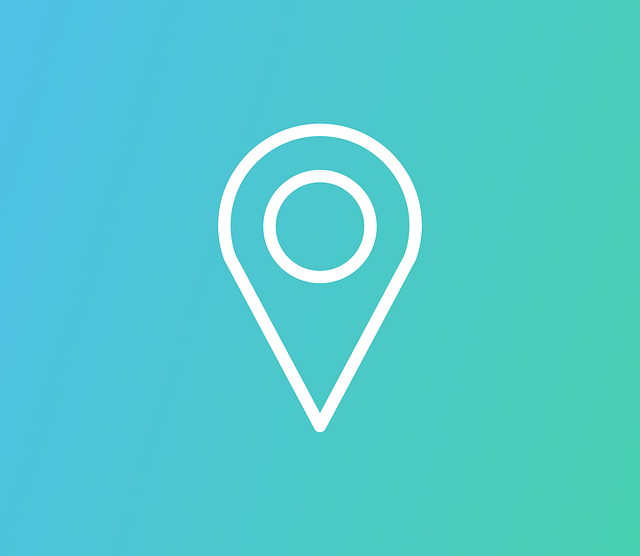If your business isn’t online, it’s as good as invisible. Over 4.54 billion people around the world are online. That’s almost 60 percent of the whole population. Usage is even more apparent in developed countries like the US, with over 87 percent of the nation’s population actively using the internet.
And the site getting most visits is Google. The search engine gets a whopping 16,140,000,000 traffic every month in America alone. It’s also the site people use mostly when researching local products and services.
When you want your company to be seen and heard online, it has to be listed on Google’s first page, too, as the first few results often get the most clicks.
However, reaching the top isn’t as easy as building a website from a template and calling it a day. You need to employ a local search engine optimization (SEO) tactic called “link building” to get results.
Here’s what you need to know and how your SEO service provider uses it for your digital marketing campaign.
What is Local SEO?
Local SEO is a lot like organic SEO. You research keywords people are likely going to use when looking for your brand, product, or services; and insert them in your copy and content. But local SEO adds location-specific keywords, like your business’s location and your service areas.
For example, if you’re running an Italian restaurant in one of the neighborhoods in NYC, your keywords could be “Italian restaurant in New York City” or “best Italian resto in East Village.”
Your local SEO service provider may also register your business on online listing sites, like Google My Business, Yelp, Yellowpages, and TripAdvisor. This makes it easier for customers to find you using “nearby” or “near me” searches. More than 80 percent of smartphone shoppers conduct these searches.
This strategy won’t just get your organic results to the top; your business may also end up in Google’s “local pack.”
Local packs are Google My Business listings suggested to visitors when they search for a local business. This pack often appears at the very top of the results, even above organic ones. So it’s a pretty valuable spot to get.
What is Link Building?
Another important part of SEO is link building. This process involves acquiring hyperlinks from other websites leading to your own site. Hyperlinks are what users click on to navigate from one webpage to another. Search engine bots, like Google’s, constantly scan pages for hyperlinks between sites.
Apart from the quality of your website copy and content, Google also considers the number and relevance of the hyperlinks you get when determining your rank on its results. The more links you get from trusted and authoritative websites, like news outlets and popular blogs, the more likely you are to make it to the top of the results.
Search engines see a hyperlink as a way for other sites to vouch for yours. Owners of websites are likely leading their visitors to your site because they trust and like it.
Penguin “The Punisher”
Like every practice in digital marketing, there’s a right way to do link building. Some have tried to game the system by excessively linking their website on a farm of sites they or other people have created. This prompted Google to create the Penguin Update, an algorithm that looks for these link schemes and removes the sites that benefitted from them from the search results.
How to Properly Build Links
Any link building campaign will come with different components. What those are will depend on your goals, the type of links you want to get, and your assets (e.g., content, services, or products).
Start with these building strategies to help you get more customers to your site and your door.
Be Part of Your Local Business Community – If your business is based in a major city, chances are your location has a chamber of commerce. A chamber of commerce is an association that aims to promote and protect local businesses. If they have a website, Google likely regards it as an authoritative source. You’ll want them to link to you.
One way to do this is to register your business with them. After this, they’ll likely list your company on theirs with a link to your homepage. This makes it easier for customers to find your website because it’s listed on both Google and the chamber of commerce site.
Insert Your Details on Online Directories – The more details you have of your business, the better. But they need to be featured on sites your customers will likely visit. When researching local businesses, they often visit directories and review sites. Over 82 percent of customers read online reviews before they visit a local business. This is why getting linked to such sites is also important in increasing your search ranking.
Fill out and verify your Google My Business page. Get listed on general directories and review sites, like Yelp and Yellowpages. Find ones for your niche and upload your details in them as well. The more relevant directories you’re listed in, the more links you get, and the easier it is for customers to find you.
Work with Local Influencers and Sponsor Event Planners – Influencer marketing works because of the trust certain personalities have built with their followers. So their recommendations (or negative remarks) carry weight. Work with the right influencer, making sure they have the kind of followers you want to target. Some of the more well-known ones will have contact information and details about brand partnerships in their profile.
Local events often have websites and social media pages to help visitors learn all about them before they visit. Get publicity from them by being a sponsor. They’ll likely have a page dedicated to linking sponsors. Plus, you’ll have your logo and business name on their event banners, so it’s a win for both your physical and digital marketing campaigns.
Making it to the top of Google requires a lot of time and effort. Besides creating engaging content your customers will love, you also need to reach out and get linked on relevant websites. Use these suggestions to get legitimate backlinks that bring in results.





